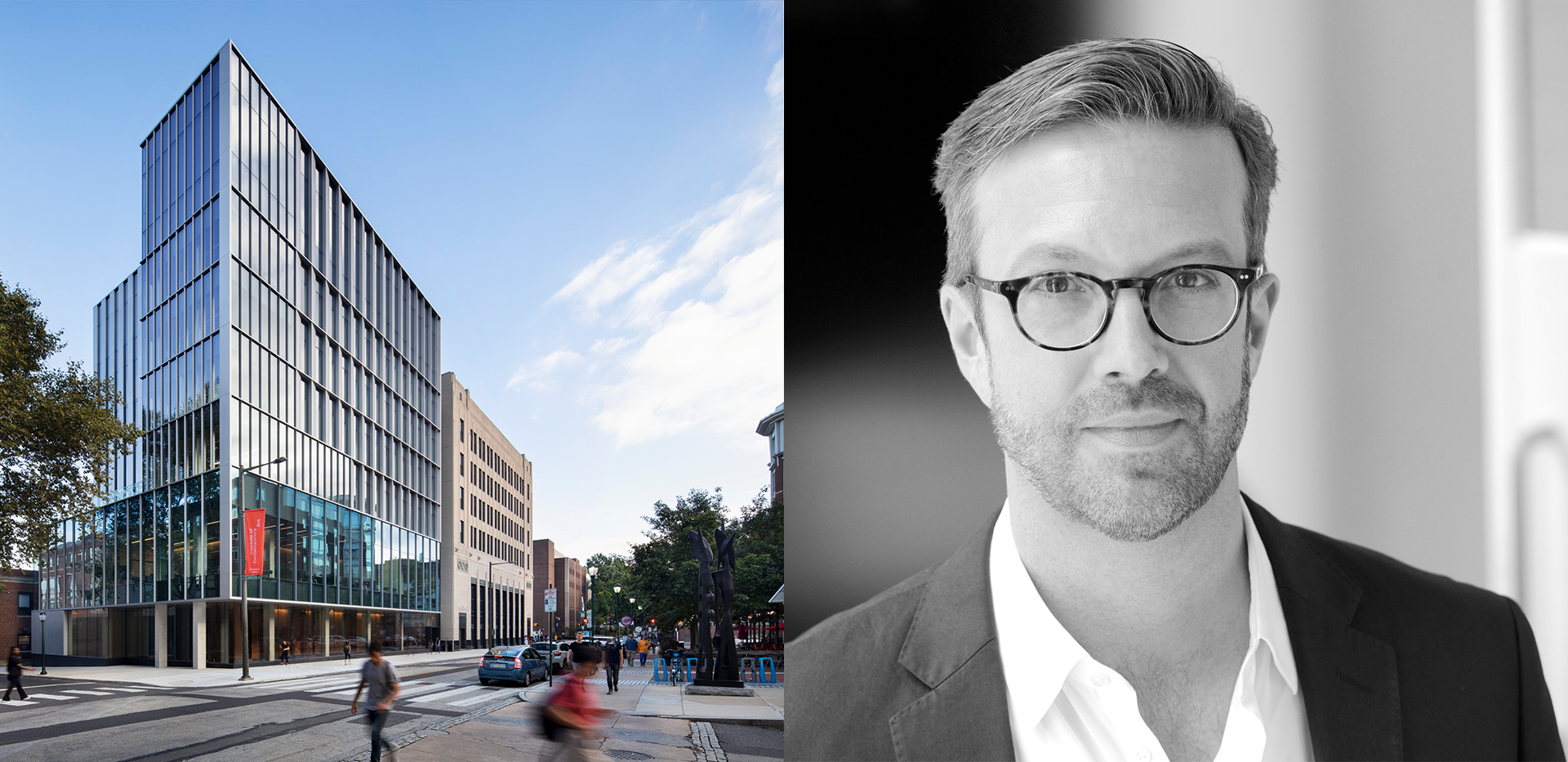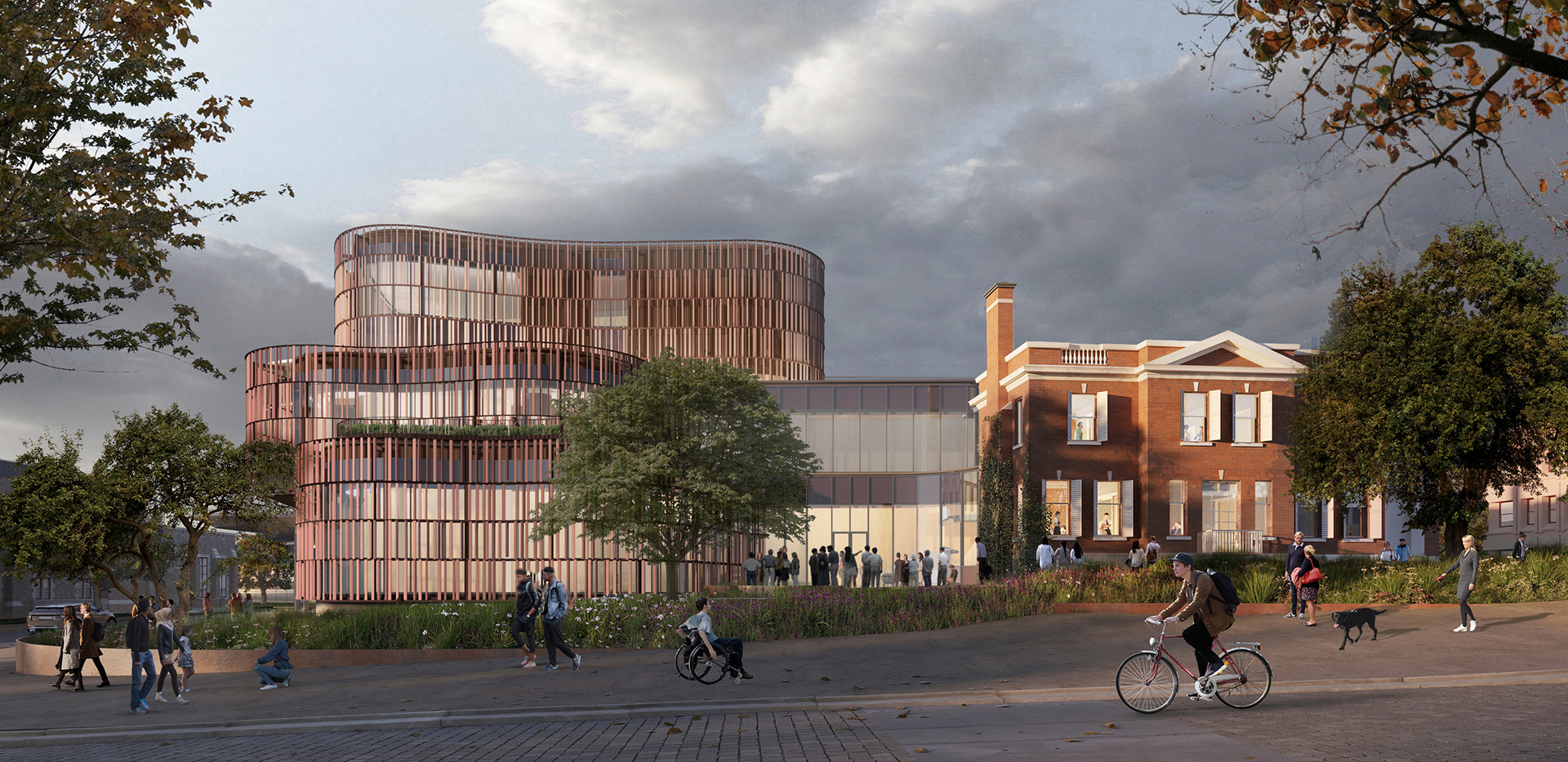Changing minds about mental illness with the new CAMH

Article content
When the 501 Queen streetcar rolled past 999 Queen St. W. in the 1950s passengers would hold their breath so they didn’t catch the fumes of mental illness, so ignorant was the general public of mental-health issues.
The stigma of being committed to what was mockingly referred to as “the nut house” and the fear that “crazy” could be contagious was so ingrained that the address became synonymous with being insane.
To break that mindset, the street address was changed to 1001 Queen St. in 1979. It was one of many efforts to change the public perception of those who suffer from mental illness since Toronto’s first mental hospital opened 167 years ago.
The Centre for Addiction and Mental Health (CAMH), as it is now called, has been through several transformations, as have the treatments for the mental illnesses it has administered to — depression, anxiety, bipolar disorder, schizophrenia and addictions.
It was first called the Provincial Lunatic Asylum (1850-1871), then the Asylum for the Insane, Toronto (1871-1907), Hospital for the Insane, Toronto (1907-1919), Ontario Hospital, Toronto (1919-1966), the Queen Street Mental Health Centre (1966-1998) and finally CAMH since 1998.
The Provincial Lunatic Asylum opened on Jan. 26, 1850. The large Victorian building housed 211 patients. It was the first permanent mental-health facility in Upper Canada (Ontario). Up until this point, families looked after “insane” relatives at home or they were thrown in jail or abandoned in poor houses.
The Lunatic Asylum was set on 20 hectares, then about five kilometres west of the city on land that was part of the Garrison Reserve, which was military property. The asylum was state of the art: central heating, mechanical ventilation and indoor plumbing. The architect, John George Howard, was inspired by the National Gallery in London.
And it was busy. Severe overcrowding lead to the addition of east and west wings between 1866 and 1869. These newer facilities, designed by Kivas Tully, were primarily for patients who paid a weekly maintenance fee.
The asylum was seen as a refuge for those within its walls, said Dr. David S. Goldbloom, senior medical adviser for the CAMH and a professor of psychiatry at the University of Toronto. It offered protection to those who lived there and kept the patients away from the outside world. “The noble reason was for fresh air and sunshine. The less noble reason was ‘out of sight, out of mind,’” Goldboom said.
Back then, of course, there were no drugs and no evidence-based treatments, he said.
The insane asylum was set up to house those suffering from mental illnesses, although at the time, the causes of mental illness “were at best ambiguous,” said CAMH archivist John P.M. Court, an associate professor in psychiatry at the University of Toronto. The causes were believed, he said, to be related to a range of possible origins — physical (sometimes hereditary), psychological and/or social.
Some inmates had mental illnesses caused by diseases. Syphilis was not an unusual reason for someone to be in a psychiatric hospital, Goldbloom said.
The sexually transmitted infection can cause hallucinations if it spreads to the brain and spinal cord — often in the disease’s late stages. It was known as general paralysis of the insane during the 19th and early 20th centuries.
Others were admitted with depression and schizophrenia and variants of dementia. As happens today, there were medical and legal procedures “that could be authorized to restrain those considered to pose a danger to themselves, family members or others,” said Court.
The number of women and men admitted was fairly evenly split. For instance, there were 314 patients admitted in 1912 — 160 male, 154 female, Court said.
Dr. Joseph Workman was the asylum’s medical superintendent from 1853 to 1875 and Dr. Daniel Clark from 1875 to 1905. During this time, light restraints were used when deemed necessary.
“I don’t believe that they locked people away (back then) and didn’t speak to them,” Goldbloom said.
However, at the time, work and recreation were emphasized as antidotes to mental illness. So patients were put to work without pay. This was of great financial benefit to the provincial government. The men mostly worked outside doing construction, maintenance and farm work while the women remained inside knitting, sewing and washing clothes.
The walls that surround the site, erected to keep the patients from the outside world, are evidence of this labour. Asylum patients dug the foundations, laid the stone base and stacked the bricks close to five metres high, Geoffrey Reaume, an associate professor at York University’s Faculty of Health, told the Star on July 13, 2009, during a tour of the CAMH grounds.
The patients built the still existing southside boundary wall in 1860. The original west and east walls running along modern Massey St. at the east and Abell St. to the west were built between 1860 and 1861, knocked down and rebuilt between 1888 and 1889 at their current locations north to south at Queen and Shaw Sts. to the east and at Queen St. between Fennings St. and Dovercourt Rd. to the west. This was due to land being sold off (contracting the site to today’s 11 hectares) and the growing city moving in, surrounding the site.
Two historic buildings still on the site which were built in 1889 as staff workshops are currently used as storage facilities.
Some patients objected to the hours of unpaid work. One woman, upon being released in 1911, wrote letters to the asylum demanding they compensate her $1,298 for her years of labour. Another asked for her wages while still living at the asylum.
“She was demanding her pay as a laundry worker, and it was written in the records as a sign of her ‘insanity,’” Reaume told the Star.
From about 1906 until the 1970s, the institution was plagued with problems from overcrowding and understaffing, to declining standards — pollution blackened its white brick walls.
In the early 1950s psychosurgery (lobotomies, also known as leucotomies) were being performed at the Provincial Lunatic Asylum, then called the Ontario Hospital, Toronto.
But modern medicine shone a light on these primitive treatments and the “golden era” of psychiatry emerged in the late 1950s and 1960s, said Goldbloom. It was a “big breakthrough that came with better drug treatments for such conditions as depression, bipolar disorder, schizophrenia and anxiety. The classes of drugs had its genesis in that period of time. It was the birth of psychopharmacology,” he said.
While streetcar passengers were holding their breath to avoid mental illness, the deinstitutionalization of the Queen St. site began at Queen St. and elsewhere in the Western world. This period witnessed a reduction in the number of in-patients in mental institutions. This was partially due to a desire to end segregation and to promote community integration of people who received psychiatric services, Reaume and John P.M. Court wrote in a joint paper for a historical exhibit at the Market Gallery, in 2004.
By the 1970s, these evolving policies of patient care led to the demolition of the original Provincial Insane Asylum building in 1975, despite opposition from heritage advocates. The hospital’s main building was completed in 1979.
In 1998, the Addiction Research Foundation, the Clarke Institute of Psychiatry, the Queen Street Mental Health Centre and the Donwood Institute merged to create the Centre for Addiction and Mental Health at 1001 Queen St. W., which is fully affiliated with the University of Toronto. CAMH has two other Toronto sites, at 250 College St. and 33 Russell St., as well as 10 locations across the province.
CAMH provides care for people with mental illness and addiction. It offers a wide range of clinical programs, support and rehabilitation services.
The vast majority of patients — 90 per cent — are outpatients, Goldbloom said.
In 2001, CAMH outlined the transformation of the Queen St. site into an “urban village,” a mix of CAMH and non-CAMH uses with parks, shops, residences, businesses and new through streets that fully integrate with the larger community.
Two phases have been completed of the CAMH Redevelopment Project — Transforming Lives Here. Construction of the third phase of the 11-hectare neighbourhood, surrounded by Queen St. W. on the north, Dovercourt Rd. on the west and Shaw St. on the east (there is no existing south street now, although Adelaide St. W. is proposed to be extended) is slated to begin this fall and should be ready by 2020. It will include two hospital buildings, which will have 235 beds for patients with complex mental illnesses.
Unlike the Provincial Lunatic Asylum, which was built outside the city, CAMH’s Queen St. site “is in a hip, urban part of downtown,” Goldbloom said.
It “is surrounded on all four sides by a real residential community. It’s an opportunity to break down stigma, fear and avoidance.”
Good for the mental health of patients and the community.
)
)
)